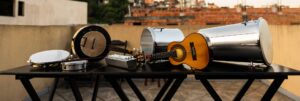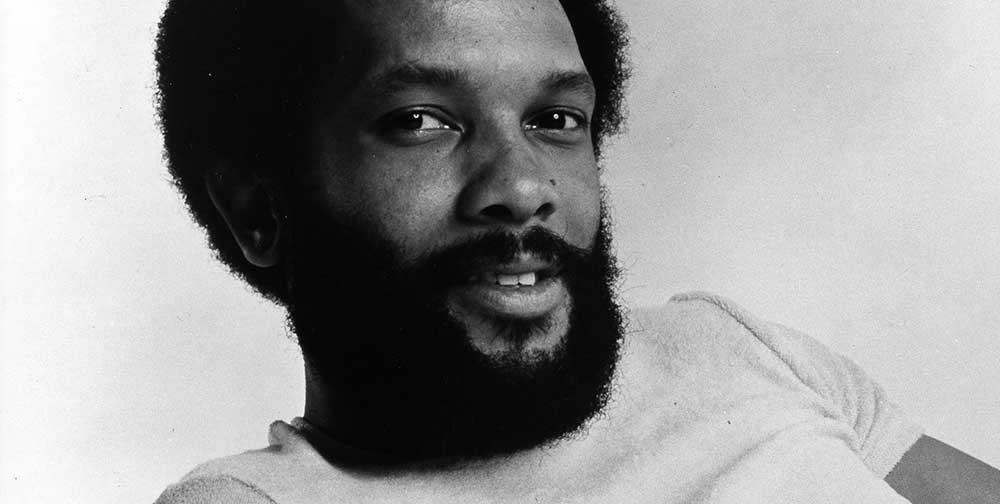Almost from the very beginning, jazz was absorbing Latin rhythms. As early as 1914, W. C. Handy’s “St. Louis Blues” incorporated an Afro-Cuban habanera bassline and, by the middle of the century, Afro-Brazilian musical styles were invigorating some of the most progressive sounds around, resulting in a genre all its own – Latin jazz.
But the story didn’t stop there. In the decades to come, visionary artists took the Latin jazz template and twisted it into exciting new shapes – infusing it with bebop, hard bop, post-bop, funk, rock and soul – to create extraordinary statements of Latin fusion. Start with these six albums to dive into this infectious style of jazz.
01 Dizzy Gillespie – Swing Low, Sweet Cadillac (Impulse!, 1967)
As far back as the late 1940s, the be-bop innovators were experimenting with Afro-Cuban rhythms. Chief among them was trumpeter Dizzy Gillespie, who began a lifelong relationship with the music when he met Cuban drummer Chano Pozo in 1947. That same year, the two co-wrote the standard “Manteca,” an eternal cornerstone of Latin jazz. It was a vibe Dizzy would revisit and revive throughout his career.
His 1967 live album “Swing Low, Sweet Cadillac” contains a definitive version of Brazilian composer Jorge Ben’s classic samba, “Mas que nada.” Tackled at a brisk pace, with a tough percussive attack, it features Dizzy blowing a glistening solo full of bebop verve, and tenor saxophonist James Moody taking things further out into hard-bop territory over Mike Longo’s insistent electric piano chords. It’s an infectious joy.
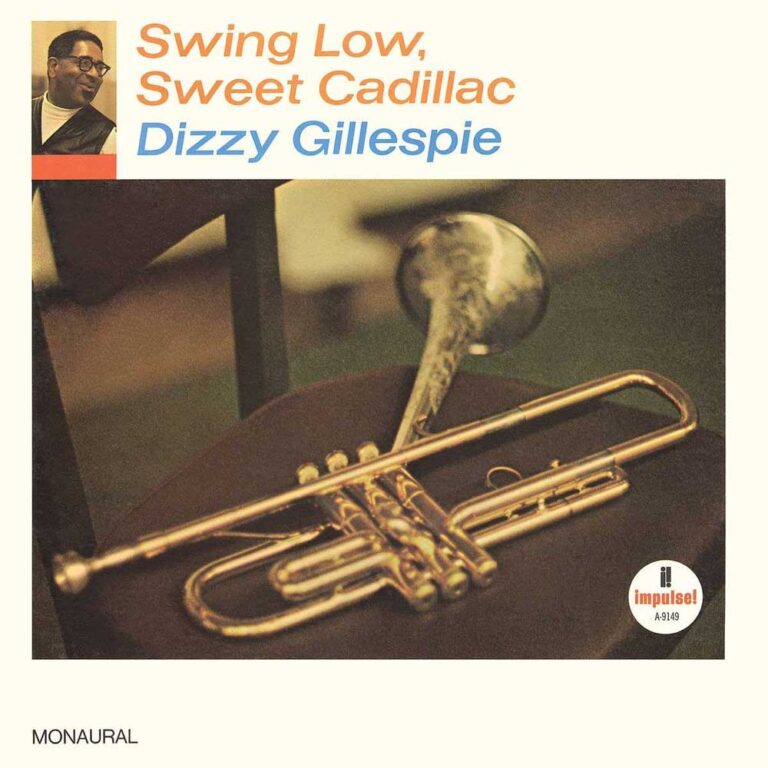
DIZZY GILLESPIE Swing Low, Sweet Cadillac
Available to purchase from our US store.02 Grant Green – The Latin Bit (Blue Note, 1962)
In the first half of the 1960s, guitarist Grant Green was a mainstay of Blue Note records, lending his quicksilver imagination and pristine yet funky articulation to scores of classic hard bop dates. But he was open to some fun too. His 1963 album “The Latin Bit” is an effervescent collection of famous tunes inspired by Latin American music, injected with hefty doses of the blues and swinging hard bop.
Tracks include the 1932 Mexican bolero, “Bésame Mucho,” the 1939 Brazilian standard known simply as “Brazil,” the 1917 Brazilian choro “Tico-Tico” and – joining the dots – Charlie Parker’s Afro-Cuban flavoured “My Little Suede Shoes” from 1951. Green’s playing is as soulful as you’d expect and the whole date is enlivened by the three-man rhythm section of Puerto Rican drummer Willie Bobo, Cuban conga player Carlos “Patatas” Valdes and Garvin Masseaux on African chekere.
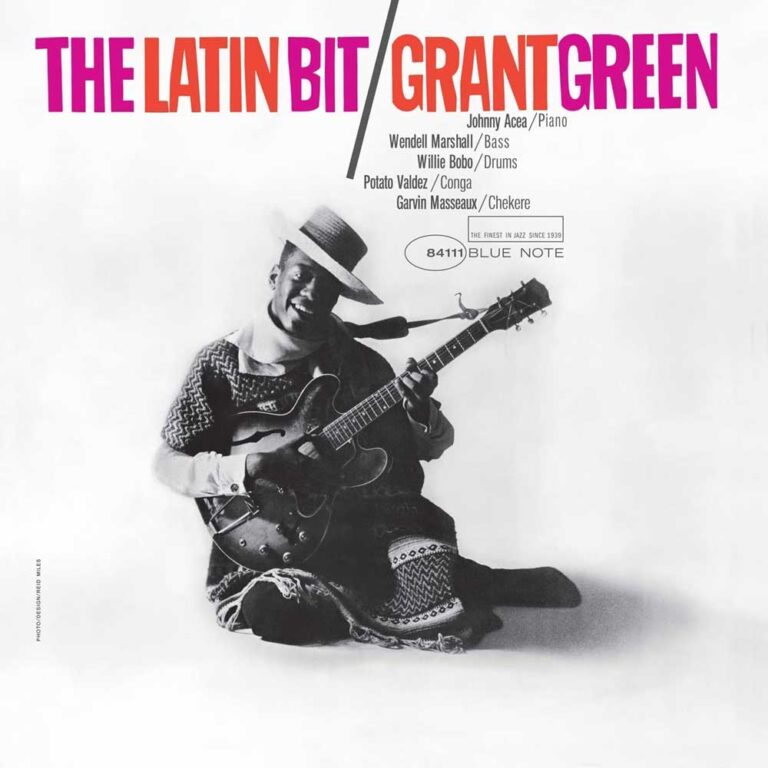
GRANT GREEN The Latin Bit
Available to purchase from our US store.03 Herbie Hancock – Inventions & Dimensions (Blue Note, 1964)
Playing drums and timbales, Bobo also brings his skills to pianist Herbie Hancock’s third album as a leader, 1964’s “Inventions & Dimensions”, alongside Cuban percussionist Osvaldo “Chihuahua” Martinez on conga and bongo, and bassist Paul Chambers. Though only 23 at the time, Hancock is already stretching out beyond conventional jazz forms on this astonishing date.
Despite the limited instrumentation, Hancock conjures a variety of moods across five originals, from the modal blues of “Triangle” to the brisk swing of “A Jump Ahead.” But it’s on pieces like “Succotash” that he really breaks new ground, improvising the chords and melodies while taking cues from Bobo and Martinez’s dense rhythms. Daring and unpredictable, it proposes an entirely new kind of spontaneous, Latin-inspired post-bop.
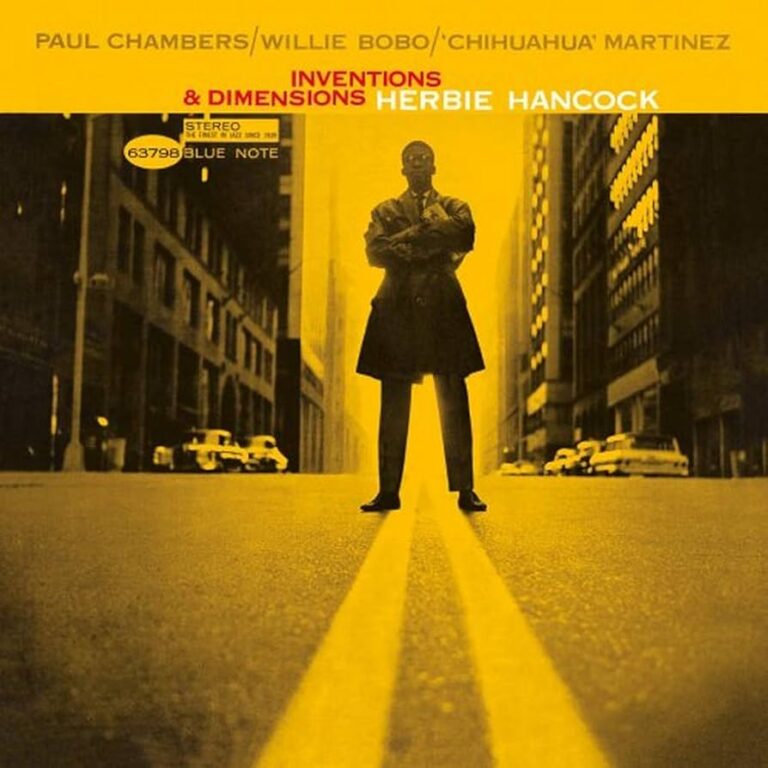
HERBIE HANCOCK Inventions & Dimensions
Available to purchase from our US store.04 Luis Gasca – For Those Who Chant (Blue Thumb, 1972)
In the late 1960s and early 1970s, Texan-born, Mexican trumpeter Luis Gasca was an in-demand sideman on San Francisco’s Bay Area psychedelic scene, playing on albums by the Grateful Dead and Santana. In fact, his second album as a leader, 1972’s “For Those Who Chant”, could be seen as a lost Santana album, given that it incorporates the whole of that band’s classic line-up alongside future jazz fusion stars, bassist Stanley Clarke and drummer Lenny White.
Powered by a stonking nine-piece percussion section, the session negotiates just four long, improvised vamps punctuated by Gasca’s sassy blasts, Carlos Santana’s soaring guitar and deep tenor saxophone inventions by none other than Joe Henderson. With a nod to the open-ended jams of Miles Davis’s “Bitches Brew”, it’s the perfect concoction of free-wheeling, mystical Afro-jazz-rock.
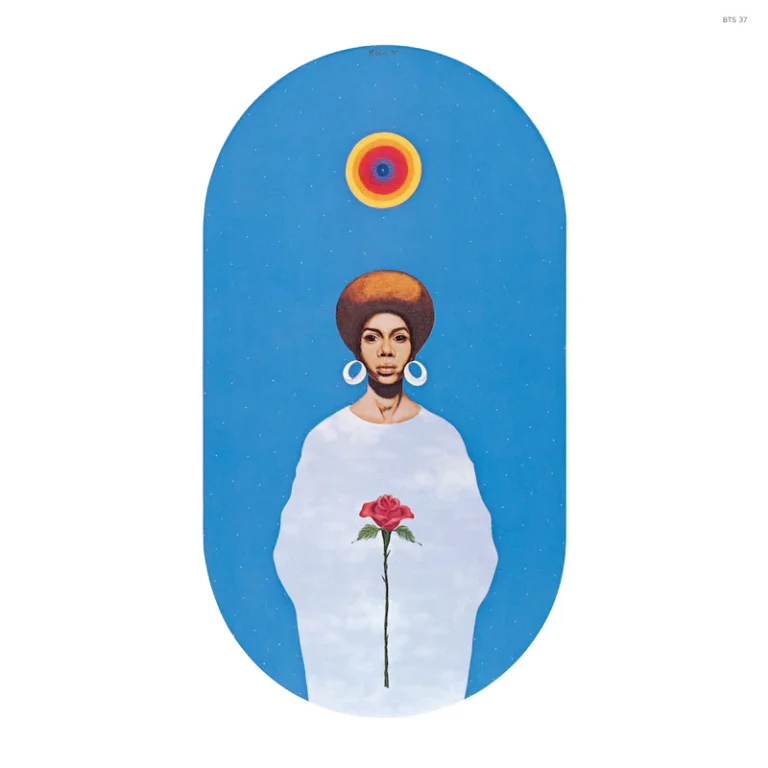
LUIS GASCA For Those Who Chant
Available to purchase from our US store.05 La Clave – La Clave (Verve, 1973)
Released in 1973, “La Clave” is the self-titled album by another Bay Area collective led by Panamanian percussionist Benny Velarde, and featuring musicians from Mexico, Cuba and Puerto Rica, plus Argentinian pianist and composer Lalo Schifrin. Velarde cut his teeth playing with such Latin jazz luminaries as percussionist Mongo Santamaria and vibraphonist Cal Tjader, but here he oversees a vibrant mix of horn-heavy salsa, funk, rock and soul.
Dizzy Gillespie’s Afro-Cuban classic, “Soul Sauce” gets a fuel-injected revamp, and the group’s version of Donny Hathaway’s “The Ghetto” leans heavily on its Latin roots with stinging organ and guitar, while Schifrin contributes the heavyweight percussion-driven “Latin Slide.” La Clave never recorded another album, but this slice of heaven stands as a cult classic that has been sampled heavily by crate diggers such as British drum and bass pioneer Goldie.
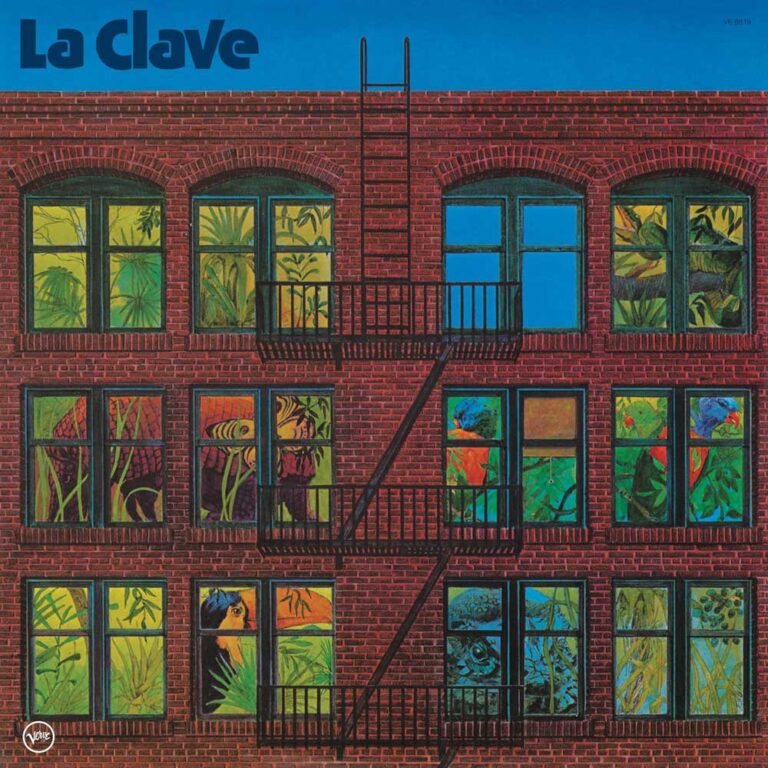
LA CLAVE La Clave
Available to purchase from our US store.06 Joe Chambers – Samba De Maracatu (Blue Note, 2021)
Drummer and composer Joe Chambers was a key architect of some of the most innovative post-bop of the mid-1960s, contributing to classic Blue Note albums by Joe Henderson, Andrew Hill, Bobby Hutcherson and others. In 2021, he made a surprise return to the label after many decades, playing vibes and drums on his critically acclaimed “Samba de Maracatu”, which drew heavily on Cuban and Brazilian rhythms.
He followed this up with 2023’s “Dance Kobina”, which explores in more detail the deep musical connections between jazz and Brazilian, Argentinian and West African music. With Congolese percussionist Eli Miller Maboungo adding rippling textures to Chambers’ own powerful yet sensitive drumming, originals like the title track and “Caravanserai” retain the questing spirit of Chambers’ prime 1960s post-bop while proving that jazz’s fascination with the possibilities of Latin rhythms is still opening up new vistas to be explored.
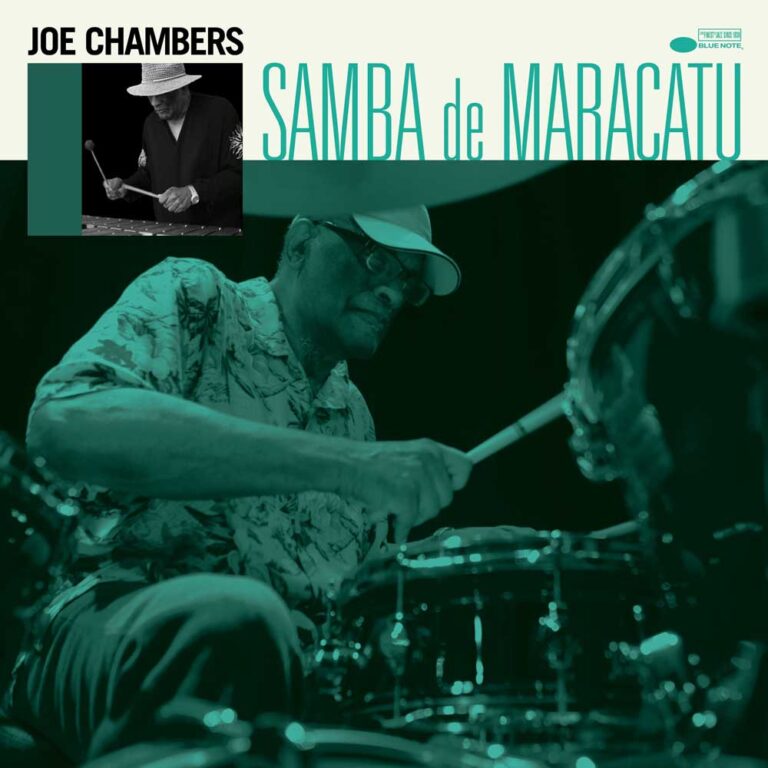
JOE CHAMBERS Samba de Maracatu
Available to purchase from our US store.Daniel Spicer is a Brighton-based writer, broadcaster and poet with bylines in The Wire, Jazzwise, Songlines and The Quietus. He’s the author of books on German free jazz legend Peter Brötzmann and Turkish psychedelic music.
Header image: Samba Instruments in Brazil. Photo: FG Trade.
